Earlier this year, Antoine Gourdon put together a team of four luthiers to make a small viola in three days during the Viola 2019 conference in Paris. Here he introduces the project, shares photos and more
Two years ago, the Franco-European Viola Association (Association Franco-Européenne de l’Alto) invited me to run a team of four violin makers to build a small viola over three days in public at the Paris Conservatoire for the international conference ‘Viola’s 2019’.
Following my win of the viola making prize at ‘Viola’s 2016’, I had developed a range of 15 1/2” to 16 1/4” violas based on the design of the award winning 16 1/2” instrument, so my interest in smaller instruments was known.
Jacques Borsarello, viola professor at the Conservatoire de Versailles and one of the conference organisers, explains the thinking behind the project: ‘For many years, viola teachers in music schools have encouraged violin makers to create small violas, suitable for children from 6 to 15 years old.
‘Until the 80s, the tradition was to set up small violins with viola strings, without worrying about the acoustic result nor the future of students reaching the final size instrument of 40cm.
‘Familiarising students from an early age to the volume, size and sonority of a viola, is crucial to the creation of a true violist identity in the child’s mind and thus prepare them for the range and musical mission that this instrument will impose on them.’
When my friend Paul Gosling, restorer and former teacher at Newark, heard about the project, he showed me an exceptional instrument dating from c.1750 which he was working on: a 14 1/6” (36cm) viola by the Scottish maker Robert Duncan.
Paul says: ‘With arching, f holes, and a highly reflective, warm, golden varnish, all reminiscent of the Florentine style, influenced by the Gabrielli School. Observing the size and spacing of the ff holes, combined with the full arching, I had a feeling that the sound of the instrument would be impressive and full of character.
‘The original viola is yet to be restored, so this seemed a golden opportunity to test our theory about the sound qualities of this model, without having to wait for the restoration to take place.’
What a pleasure when Paul showed me this little chubby viola! Playability and acoustic potential are a constant source of enquiry for me: optimising the air volume of the sound box – that which makes a 16 1/2” instrument more inclined to develop a tone between the violin and cello – while keeping the instrument playable, especially when reducing the string length for the smaller sizes.
After close study, I decided to adjust a few components to make our instrument more crisp and suitable for our chosen modern set up. (48mm bridge, 35mm elevation, 195mm stop length, design of f holes and corners).
I invited makers Julien Comte and Carlos Libreros Rios to join, and our quartet was born.
While the 14 1/6’ instrument was pushing the boundaries of viola making design, we had to push ours by making it work for the public in Paris. We were engaging with multiple challenging projects: To promote the making of small fine violas to help the musical development of young violists, to show the public and musicians of all generations the entire process of making an instrument ‘in the white’, and to pay tribute to an ancient violin maker, all in the headquarters of Parisian lutherie to a warm welcome from its violin makers and restorers.
Chronology
- Preparation work: outlines of plates and scroll sawn out, blocks glued on mould
- Friday 12/04
Top plate thicknessed, f-holes cut.
Back plate being hollowed.
Linings glued, scroll and peg box carved, fingerboard glued.
Evening: Concert at La Cigale
- Saturday 13/04
Box closed, neck glued
Evening: 70th birthday celebration of “Titus”.
- Sunday 14/04
Set up, finishing the wood work
The viola played by Laurent Daurelle for the final concert of the event.
- Monday 15/04
While we were walking away from the magnificent Old Lady of Notre-Dame, we started to smell burning. We turned around and witnessed the cathedral on fire.
- Wednesday 17/04
While we were driving back to UK, 40 minutes away from Paris, we were taken off the motorway by customs for a complete check of the car. Confirming Paul’s opinion on the Florentine style of our violas, the customs officer recognised than it was not Cremonese for sure!


























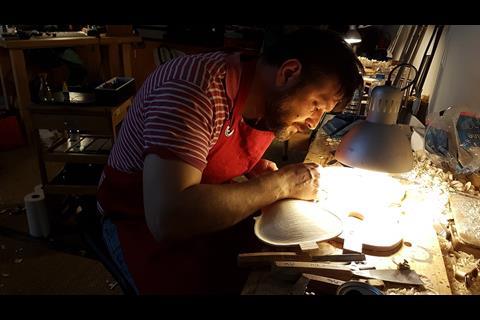
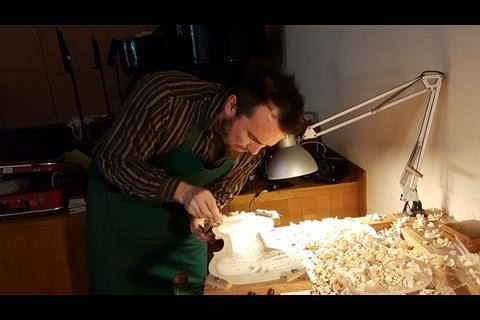
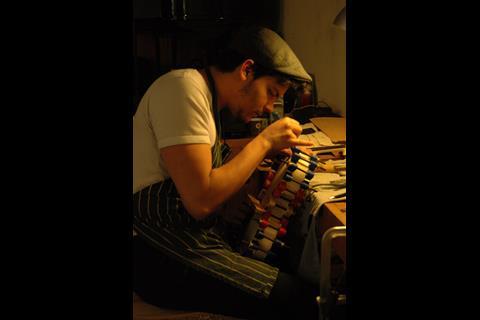

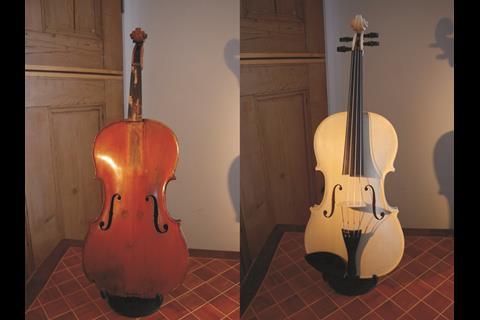
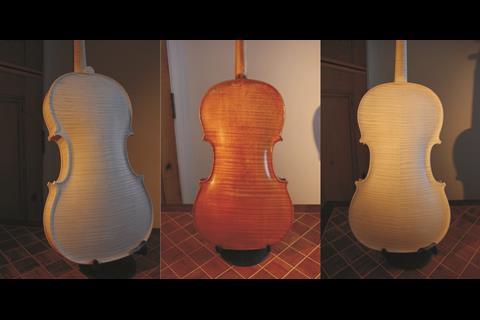
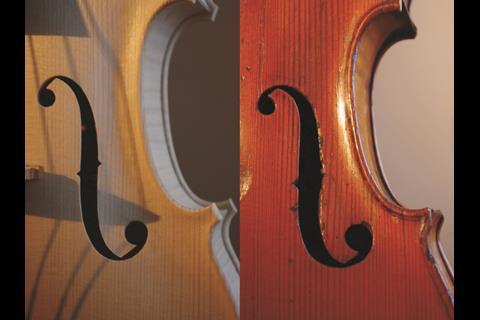
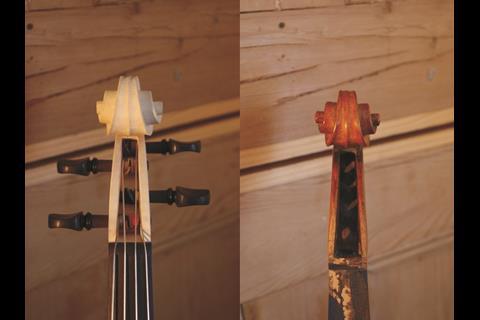
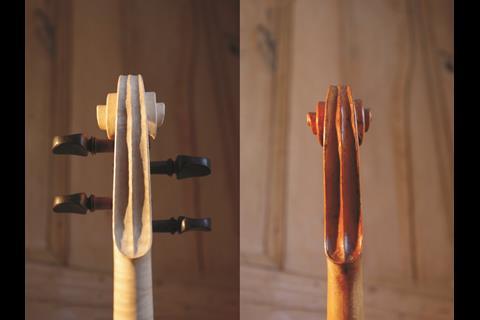
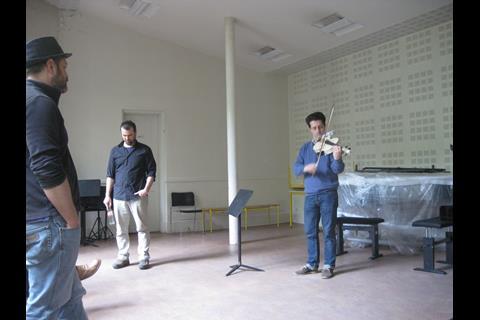
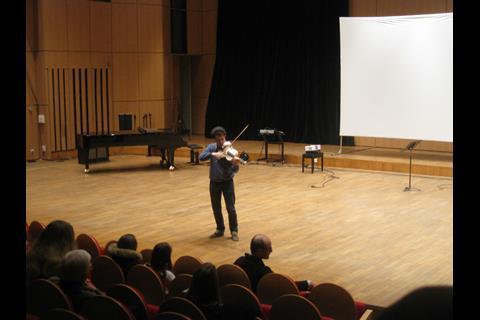
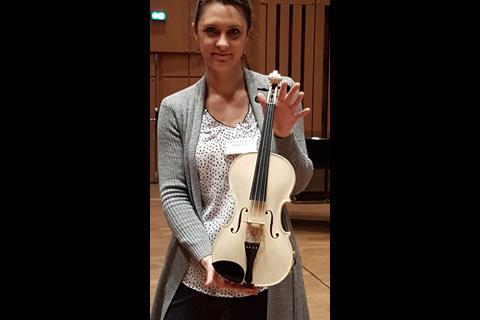




















No comments yet